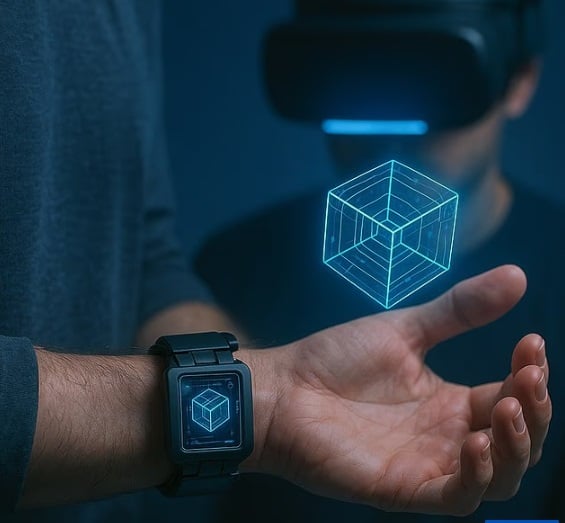
According to the Daily Mail (UK), robotic exoskeletons could soon help humans lift heavy objects easily, while smart wearable devices integrated with artificial intelligence (AI) such as smart glasses or headphones will provide instant information and vivid augmented reality experiences.
The healthcare sector could also be revolutionized by tiny nanorobots that work inside blood vessels to repair tissue and fight disease, helping to extend human lifespan.
Researchers are also developing contact lenses that can see infrared rays and devices that allow users to “feel” digital objects, opening up entirely new ways of experiencing the world .
Tech pioneers, such as former Google engineer Ray Kurzweil, believe these inventions are the beginning of a fusion between humans and machines, with brain-computer interfaces providing direct access to digital intelligence.
Although many of these technologies have entered the development stage, there are still many technical and ethical challenges, especially issues of security, privacy and safety.
However, some of these futuristic technologies could become a reality within the next five years, offering the ability to enhance human strength, perception, and senses in ways never before seen.
Extraordinary power

Ray Kurzweil, a famous futurist, once asserted that the path to human immortality will begin in 2030, when humans are set to deeply integrate with machines by 2045.
By 2030, robotic exoskeletons could give humans superpowers, helping them perform heavy tasks like lifting giant objects in factories or enhancing soldiers on the battlefield.
Sarcos Robotics (USA) has demonstrated a robotic exoskeleton that can “increase strength” up to 20 times. This means that the average user can easily lift objects weighing up to 90 kg for a long time. This product took 17 years and 175 million USD to develop.
Other exoskeletons, like German Bionic’s “Exia,” incorporate AI to learn the wearer’s movements, helping them lift heavy objects without getting tired. These exoskeletons are currently being used in hospitals in Germany.
Super healing and longevity
In the next five years, humans could be equipped with tiny “nanobots” in their blood that help maintain health, quickly recover from injuries and even fight diseases like cancer.
Mr. Kurzweil predicts that by 2029, artificial intelligence will reach “superhuman” level – surpassing human capabilities, opening up a series of successive technological breakthroughs.
One important step forward, he said, is to develop nanobots that work inside blood vessels to maintain health without the need for constant medical supervision.
In his new book “The Singularity Is Nearer,” Kurzweil argues that after 2029, human life will change profoundly, essential goods will become more accessible, and humans will integrate with machines through technologies such as brain-computer interfaces similar to Elon Musk’s Neuralink.
He also points to recent advances in AI, such as ChatGPT, that prove his predictions from 2005 are on track and that “the trajectory of development is clear.”
Super vision
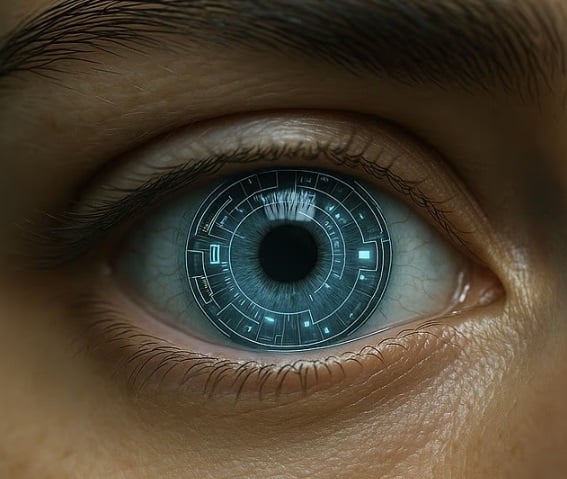
Contact lenses that allow wearers to see further or display digital information directly into the eye are expected to hit the market by 2030.
Chinese scientists have recently developed contact lenses that help users see at night thanks to their ability to sense infrared light, replacing bulky night vision devices.
Professor Tian Xue at the University of Science and Technology of China hopes the work will inspire the creation of contact lenses that give people “super vision”.
Super senses
Devices that enhance human senses are also being developed. Ericsson, the Swedish telecommunications giant, says digital wristbands could soon allow users to “feel” digital objects.
Cyborg designers have successfully experimented with devices that provide superhuman senses.
For example, entrepreneur Liviu Babitz, who describes himself as a “cyborg,” created the “Northsense” device that helps him sense north using magnetic sensors.
Manel Munoz, founder of the Trans Species Society, has had a form of technological implant placed on his body — specifically, two “fin”-like devices attached to the top of his head.
These devices do not help you hear sounds in the normal way, but work by transmitting sound through the skull (this is called bone conduction), allowing you to "hear" signals that the human ear cannot normally hear, such as the sound of the weather (wind, rain, storms...).
He described the sensation as hearing “bubble sounds,” a very different kind of sound, not the usual voices or music, but new audio signals, perceived through the implant.
Knowledge superpower thanks to smart wearable devices
By 2030, AI-enabled wearables like smart headphones will give people access to “digital superpowers,” getting instant answers to any problem.
Meta is developing AI built into Ray-Ban glasses, while Google is designing an operating system for augmented reality (XR).
Computer scientist Louis Rosenberg believes that the combination of AI, augmented reality and conversational technology will create intelligent AI assistants that constantly monitor users' vision, hearing and feelings to improve their ability to understand and interact with the world.
“I call this technology ‘augmented thinking’ and I predict that by 2030, the majority of humans will live with AI assistants that bring digital superpowers to their daily lives,” he said.
Source: https://doanhnghiepvn.vn/cong-nghe/cac-nha-khoa-hoc-du-bao-con-nguoi-se-so-huu-sieu-nang-luc-vao-nam-2030/20250625092734502


![[Photo] First training session in preparation for the parade to celebrate the 80th anniversary of National Day, September 2nd](https://vphoto.vietnam.vn/thumb/1200x675/vietnam/resource/IMAGE/2025/6/25/ebf0364280904c019e24ade59fb08b18)
![[Photo] More than 124,000 candidates in Hanoi complete procedures for the 2025 High School Graduation Exam](https://vphoto.vietnam.vn/thumb/1200x675/vietnam/resource/IMAGE/2025/6/25/fa62985b10464d6a943b58699098ae3f)
![[Photo] General Secretary To Lam works with the Standing Committee of Quang Binh and Quang Tri Provincial Party Committees](https://vphoto.vietnam.vn/thumb/1200x675/vietnam/resource/IMAGE/2025/6/25/6acdc70e139d44beaef4133fefbe2c7f)








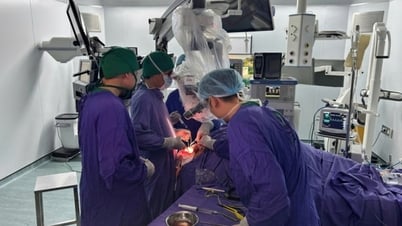



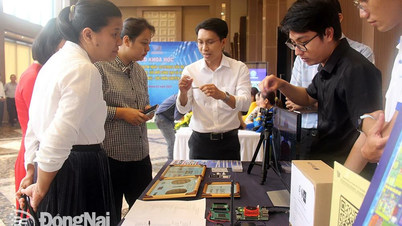



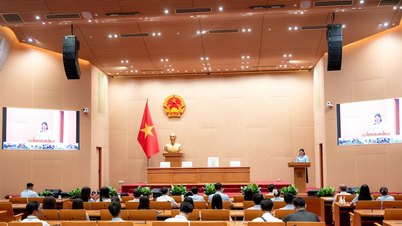


























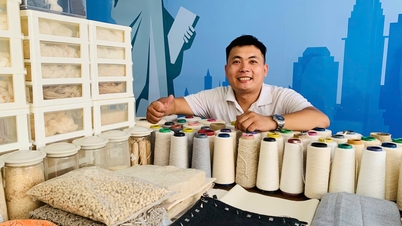


































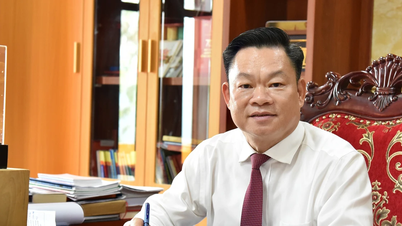

























Comment (0)